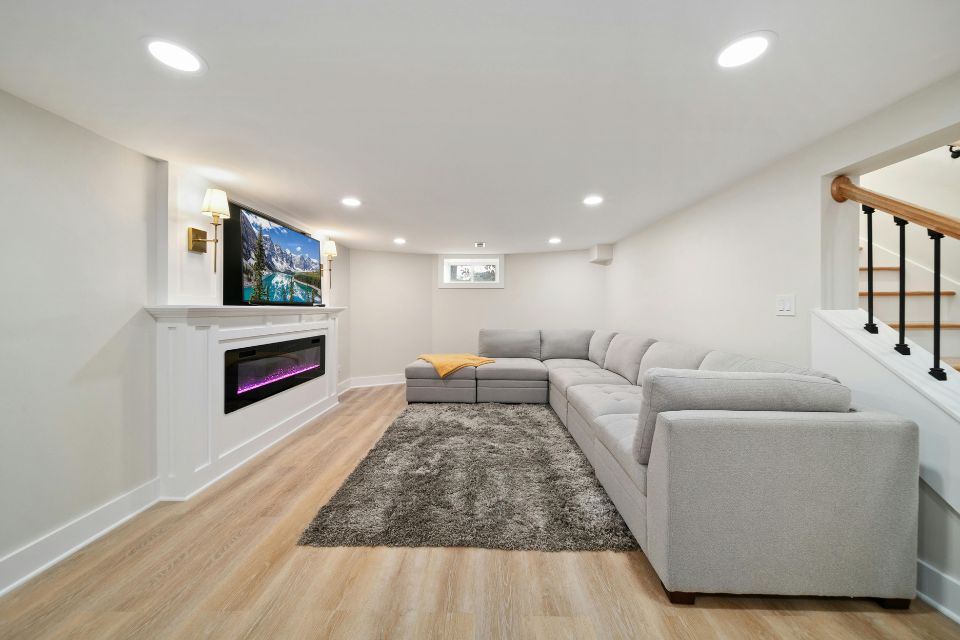Moisture ingress is the technical term for damp in the basement, and this is often accompanied by condensation once the room becomes occupied. If you’ve just gone through a major project like basement conversion you can’t risk any of that happening to you.
We’ve got some great tips for you to make sure that damp is never a problem…
First of all, make sure you use an accredited, recommended basement waterproofing company. You can find a reputable contractor on the Property Care Association directory. A professional basement conversion will typically include the fitting of a sump and pump, followed by drains and waterproof membranes, but once the finished room is handed back – it’s all up to you…
Ventilation
Poor air circulation is one of the biggest factors in preventing damp and damp related problems. Your basement conversion team will ensure that proper vents and/or fans are installed, so it’s up to you to make sure they are in good working order and not blocked or obscured by heavy furniture indoors, or high ground levels outdoors.
Gardens and Landscaping
Speaking of high ground levels, it’s imperative to ensure that any outdoor ground is sloping away from the walls of your property and is kept at a height suitable for the damp proofing interventions installed. Over time air bricks and drains can become blocked or covered by rising landscaping, this is especially pertinent if your next project is to do the garden.
Windows
Window wells installed as a fire escape from your basement or to allow more natural light to enter the space can also collect debris, which can contribute to the retention of moisture in that area. Keep them clear from fallen leaves and displaced soil to ensure you remove wet materials and eliminate the risk of lateral water ingress.
Dehumidifiers
You may need to consider adding a dehumidifier to your basement conversion, particularly if you use the space to dry laundry, add a shower room or gym. Higher than ideal moisture levels can lead to condensation and mould growth.
Insulation
The installation of waterproof membrane to the walls and floors of a basement does not constitute insulation. We recommend a product called Isotherm for increasing the internal temperature of walls to prevent condensation, which may be considered for your conversion. In addition, any exposed pipes need to be insulated to prevent condensation dripping onto other surfaces.
Rainwater goods
The upkeep and maintenance of rainwater goods is essential and a simple way to remove the risk of water ingress from blocked, overflowing or leaking pipes and drains. While you’re checking your gutters it’s also worth making sure all the tiles on your roof are in good order, to protect your loft!
What to do if you suspect damp problems in your basement conversion
The interventions installed by a professional company should prevent damp entering your basement conversion, but if you suspect the waterproofing has failed, act sooner rather than later.
The longer you live with damp problems, the worse the condition may get, and after you’ve spent time and money getting your beautiful conversion, you don’t want to put it at unnecessary risk.
Property Conservation Services offers free damp surveys, and 10-year guarantees on membranes and plastering. If you need help, contact us today.

